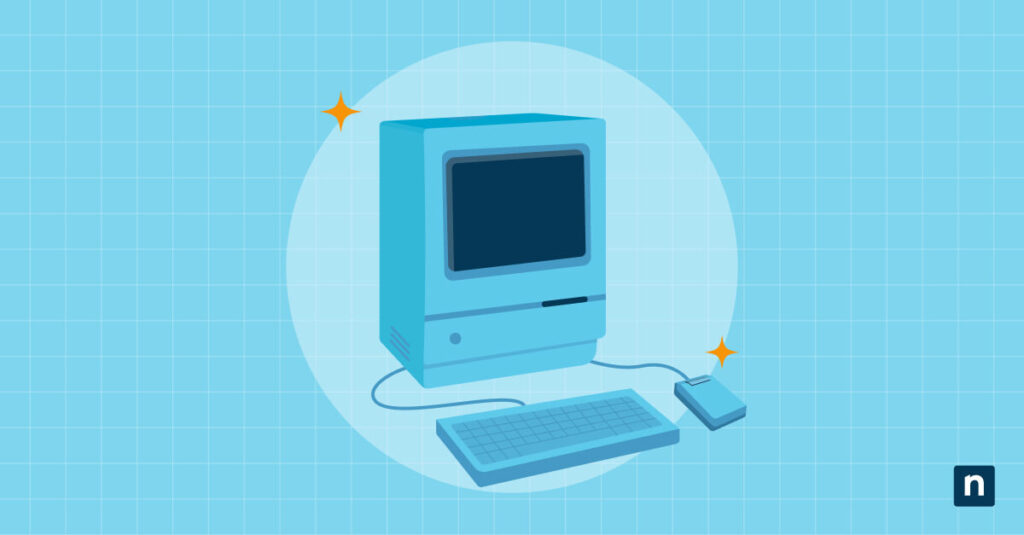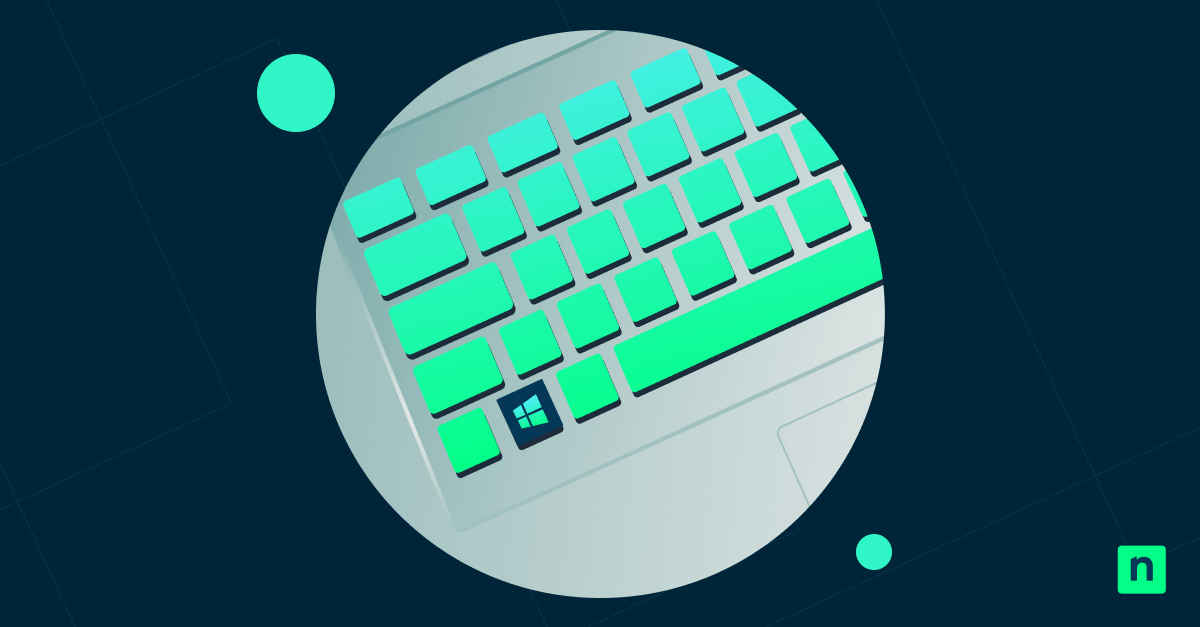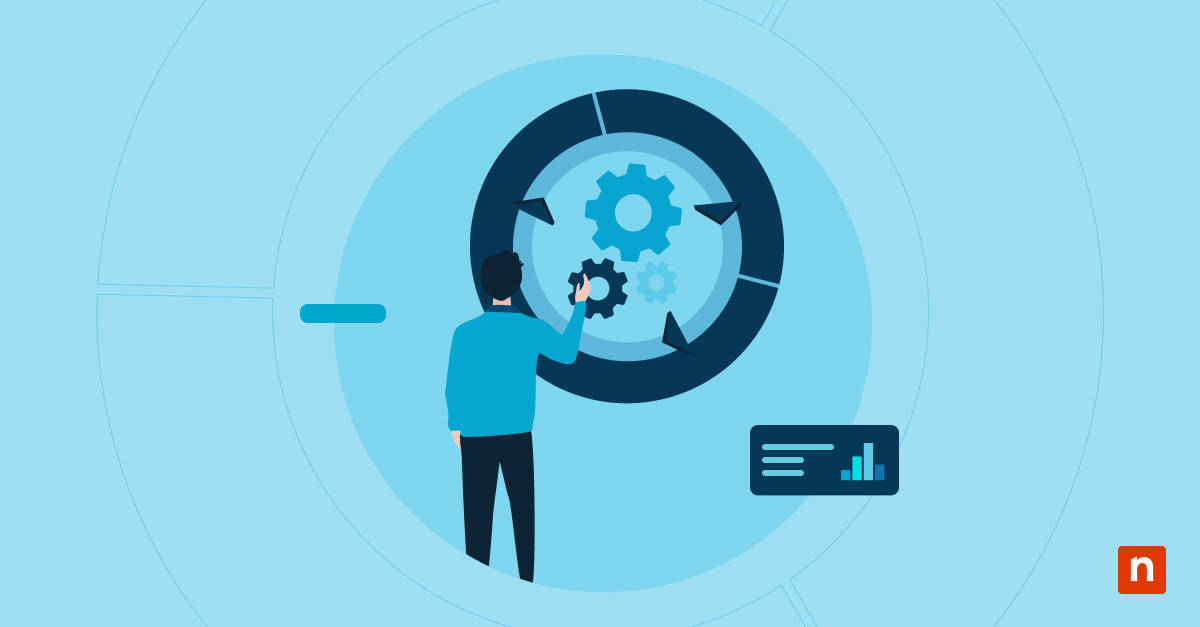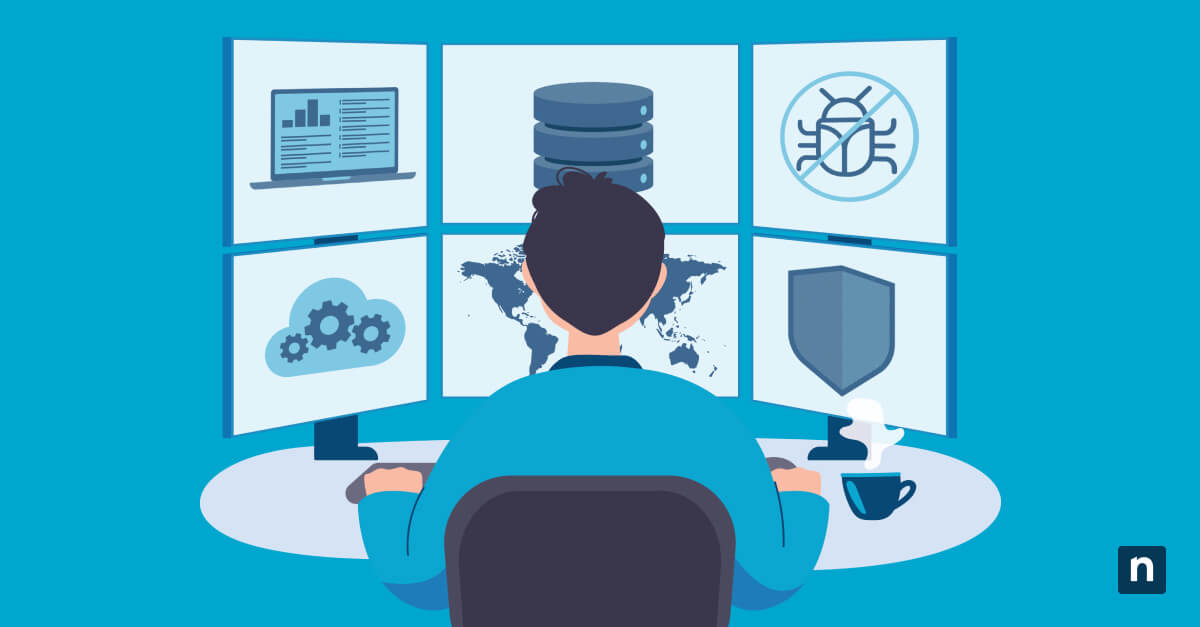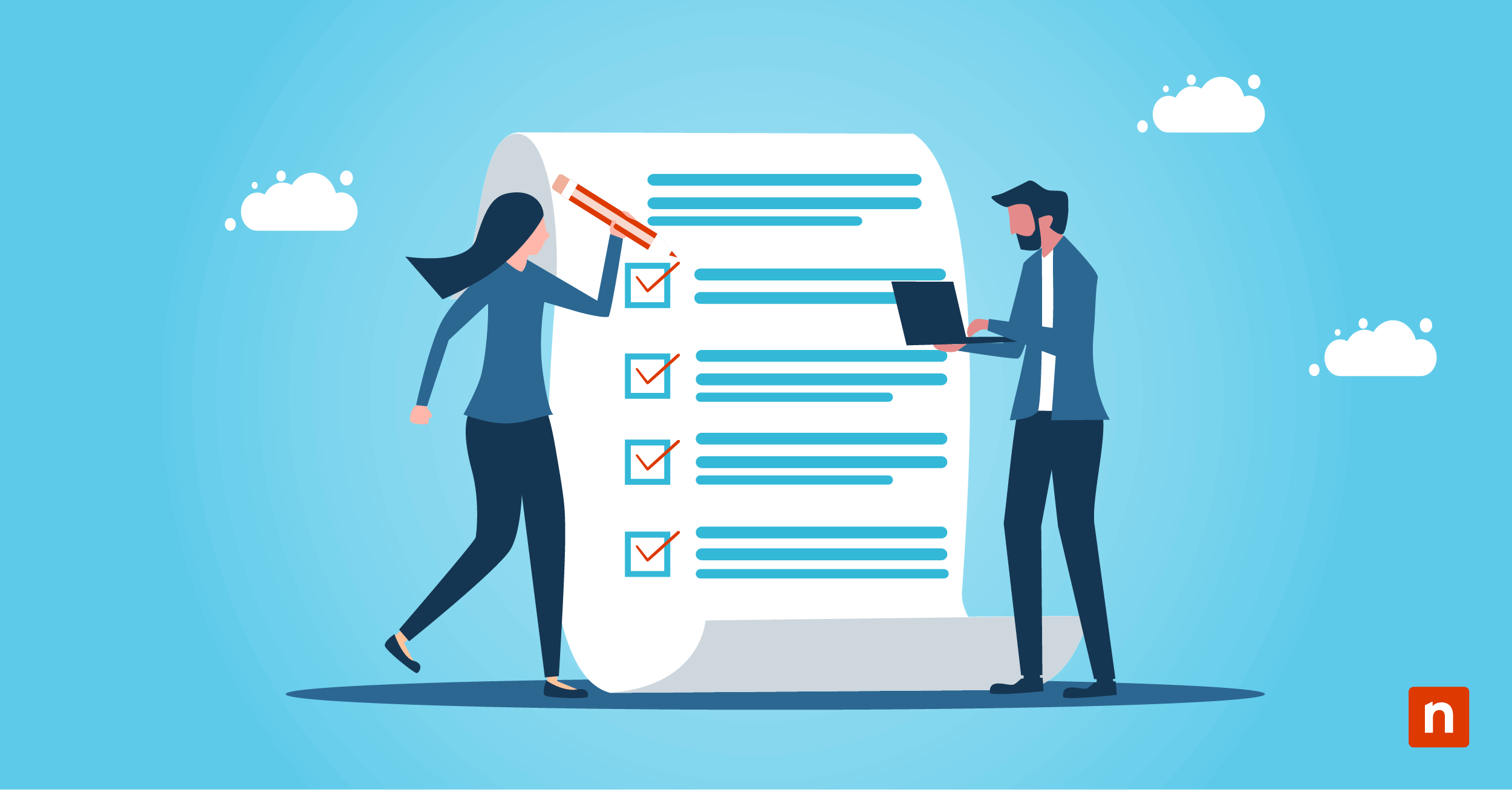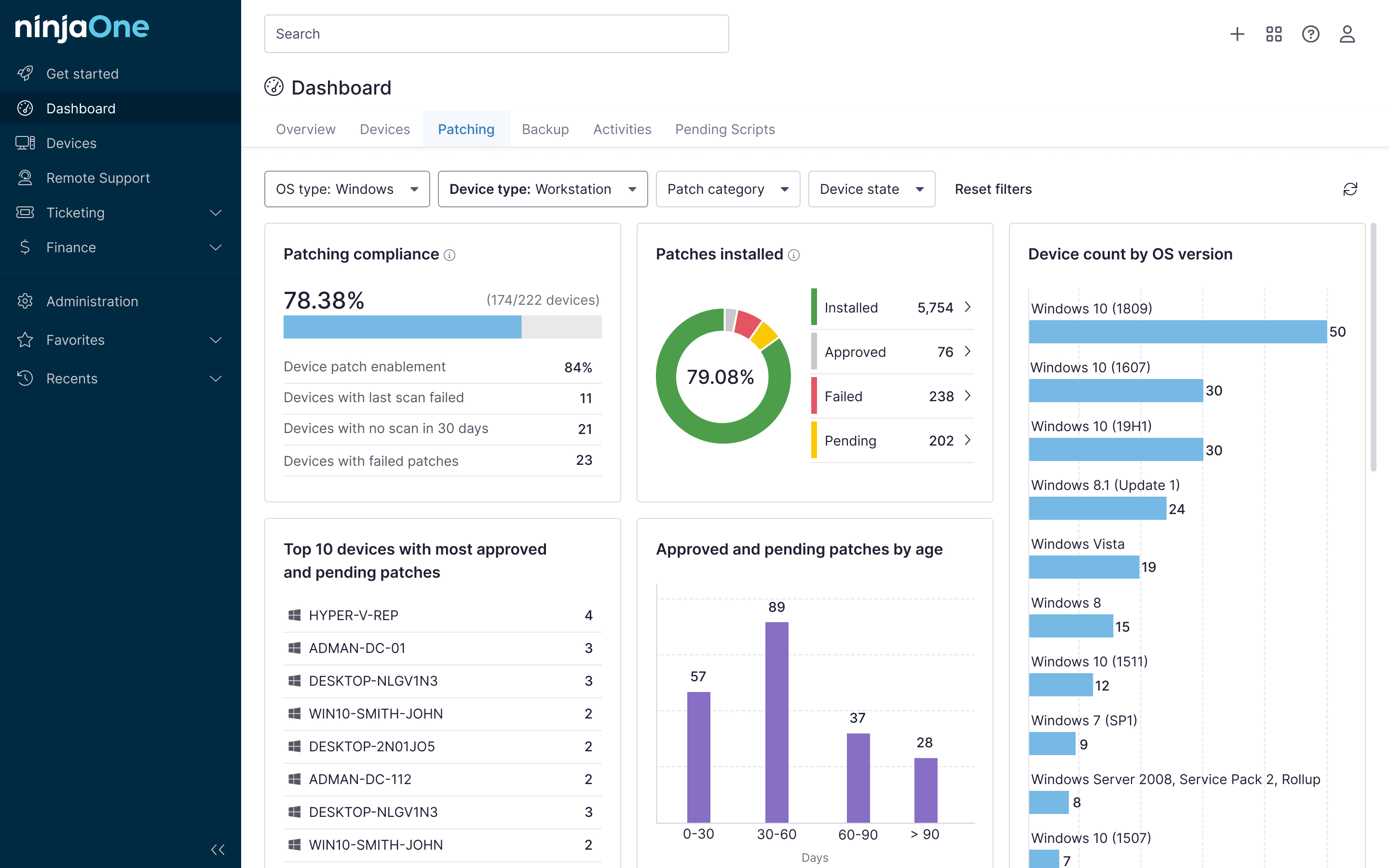The Windows Media Player Legacy app’s lightweight playback capabilities make it the preferred choice for kiosks, digital signage, and large media archives that need reliable players that accommodate old media codecs. However, you may also want to remove the app to optimize the use of system resources.
This guide explains how to install the Windows Media Player application, considerations before system-wide rollout, and commonly asked questions.
How to install or uninstall the Windows Media Player Legacy app
With online streaming services getting more expensive, low-cost, low-tech media players can help reduce overhead and smooth out operations with low system resource demand.
⚠️You will need administrator privileges to install/uninstall the Windows Media Player (WMP) legacy app. Before installing/uninstalling, make sure you have the prerequisites on your system.
Method 1: Install or uninstall via Settings app (GUI)
The most straightforward way to add/remove the Windows Media Player Legacy app to a workstation is through its optional features.
- Press Win + I to open Settings.
- Navigate to System > Optional Features.
- To install Windows Media Player Legacy:
- Click on View features.
- Scroll down and check the box next to Windows Media Player Legacy (App).
- Click Next.
- When prompted, select Add.
- To uninstall Windows Media Player Legacy:
- Scroll down and click on the arrow next to Windows Media Player Legacy (App).
- Click Remove.
- To install Windows Media Player Legacy:
- Close Settings.
Method 2: Install or uninstall via Windows Features
You can also add/remove the Windows Media Player Legacy (App) using the PC’s list of Windows features.
- Press Win + R, type control, and hit Enter.
- In the Control Panel (Icons view), navigate to Programs and Features > Turn Windows Features on or off.
- Scroll down and click on the ‘+’ symbol next to Media Players to expand it.
- Check the box next to Windows Media Player Legacy (App) to download it.
- Uncheck the box next to Windows Media Player Legacy (App) to uninstall it.
- When prompted by Windows Features, click Yes.
- Click OK to confirm your changes.
- Click Close.
- Close Windows Features.
Method 3: Use DISM (Deployment Image Servicing and Management)
DISM is the best tool for implementing changes that impact all users on a device’s operating system.
- Press Win + X to open the WinX menu.
- Select Terminal (Admin).
- Run the following command to add/remove Windows Media Player Legacy (App):
- To install Windows Media Player Legacy (App):
DISM /Online /Enable-Feature /FeatureName:"WindowsMediaPlayer" /All
- To uninstall Windows Media Player Legacy (App):
DISM /Online /Disable-Feature /FeatureName:"WindowsMediaPlayer"
Method 4: Install or uninstall via PowerShell
Here’s how to use PowerShell to automate Windows legacy media player changes at scale.
- Press Win + X to open the WinX menu.
- Select Terminal (Admin).
- Run the following command to add/remove Windows Media Player Legacy (App):
- To install Windows Media Player Legacy (App):
Enable-WindowsOptionalFeature -FeatureName "WindowsMediaPlayer" -All -Online
- To uninstall Windows Media Player Legacy (App):
Disable-WindowsOptionalFeature -FeatureName "WindowsMediaPlayer" -Online
Prerequisites for managing the legacy Windows Media Player
Before you deploy changes to your organization’s devices, make sure you have the following requirements:
- Administrative rights – You must have elevated permissions to install or uninstall optional features like the Windows Media Player Legacy app because it needs system-level components.
- Stable internet access – If the Windows Media Player Legacy app doesn’t come pre-loaded in your OS installation, you’ll need to download the program via Windows Update, which needs an online connection.
- Group Policy/script tools – Powerful apps like Group Policy and PowerShell allow you to manage settings, limit features, and reduce manual setup time in a managed IT environment.
- Media Feature Pack – Microsoft 11 “N” editions don’t come with media program support (MPEG codecs, Media Foundation, Windows Media DRM, etc.), so download the Media Feature Pack before starting.
Group Policy and deployment considerations
There is no direct Group Policy Object that can download or remove Windows Media Player. Thus, you’ll need to leverage Registry changes and scripts to implement Windows Media Player Legacy (App) across your enterprise.
You may also choose to include/exclude the Windows legacy media player before deploying a DISM image, hitting two birds with one stone. Additionally, you can utilize online services that offer one-click solutions to better suit your company’s needs.
🛑| Effortlessly push scripts to your organization’s machines with the latest workflows.
Read NinjaOne’s updated software deployment guide.
Lastly, adding Windows Media Player Legacy (App) in tandem with Software Restriction Policies (SRP) and AppLocker lets you limit which users and devices have access to legacy apps, boosting your security posture with out-of-date software.
Additional considerations for redownloading Windows Media Player Legacy
Here are a few useful tips when you add Windows Media Player Legacy (App) back into your system:
Windows Media Player Legacy and modern apps can coexist
Users can work with both modern and classic media players on the same computer, adapting the playback experience to your company’s needs. While it isn’t the default player nowadays, WMP’s compatibility is useful for users and software that rely on older features.
The Windows Media Player Legacy app requires additional support
Certain formats have been deprecated, which may require your support staff to install additional codecs that can accommodate newer media formats. Restricted media files protected by Digital Rights Management (DRM) are examples of such.
Minimal storage impact
The WMP legacy app only needs less than 100 MB, making it a lightweight media player even on much older systems. Advertising screens and digital kiosks that only need basic playback functions can rely on older media players like WMP.
Removal of legacy apps strengthens security
On the other hand, uninstalling deprecated software like Windows Media Player Legacy (App) also gives you one less attack vector. Simply put, removing outdated software can also improve your cybersecurity, so limiting its use is worth considering.
Manage the Windows Media Player Legacy app for stability and consistency
Using a low-impact media player makes old media formats accessible and lightens the load on your system, empowering your enterprise with seamless video playback with almost zero overhead.
Enjoy simple per-user applications with the Optional features setting, optimize deployment with script tools like PowerShell, and fine-tune compatibility with Group Policy and SRP.

